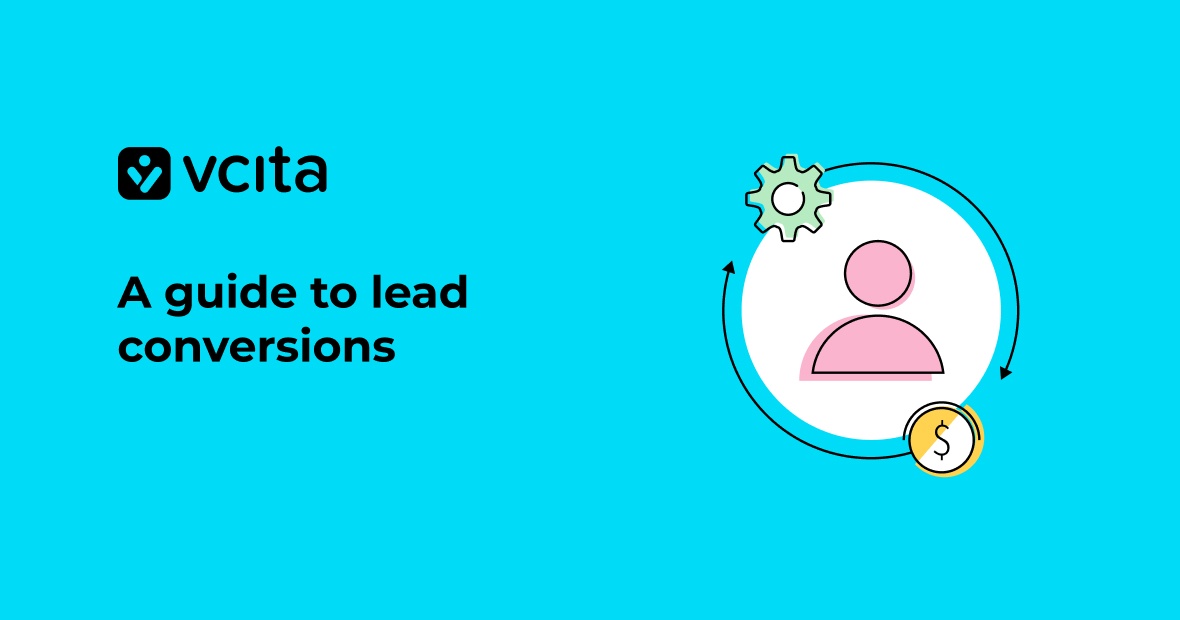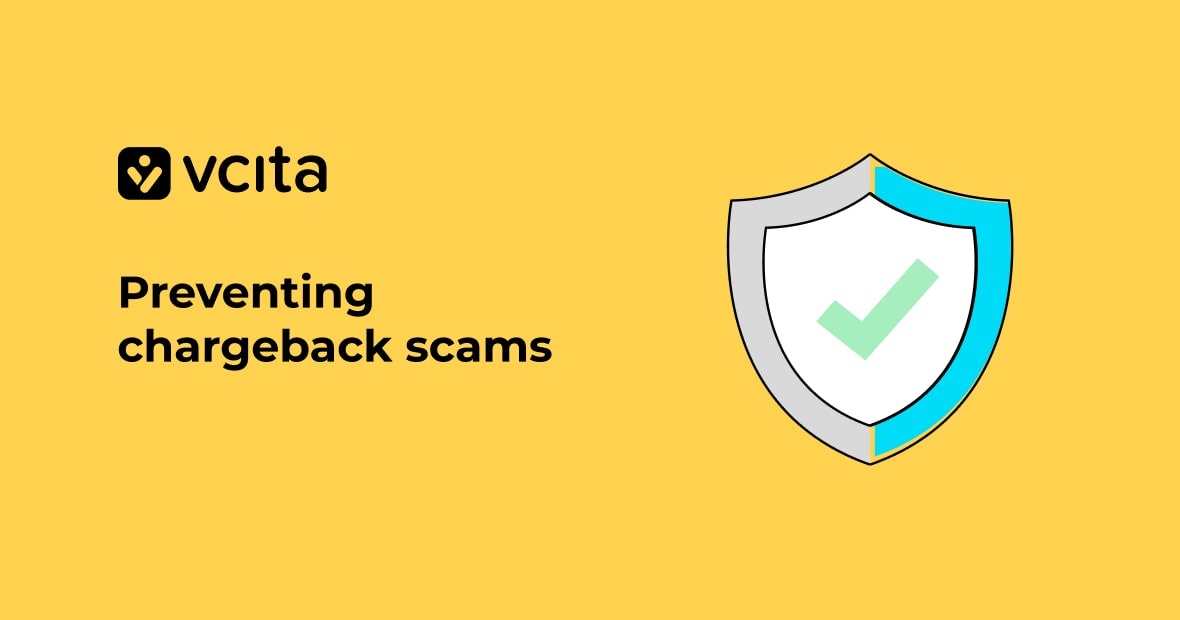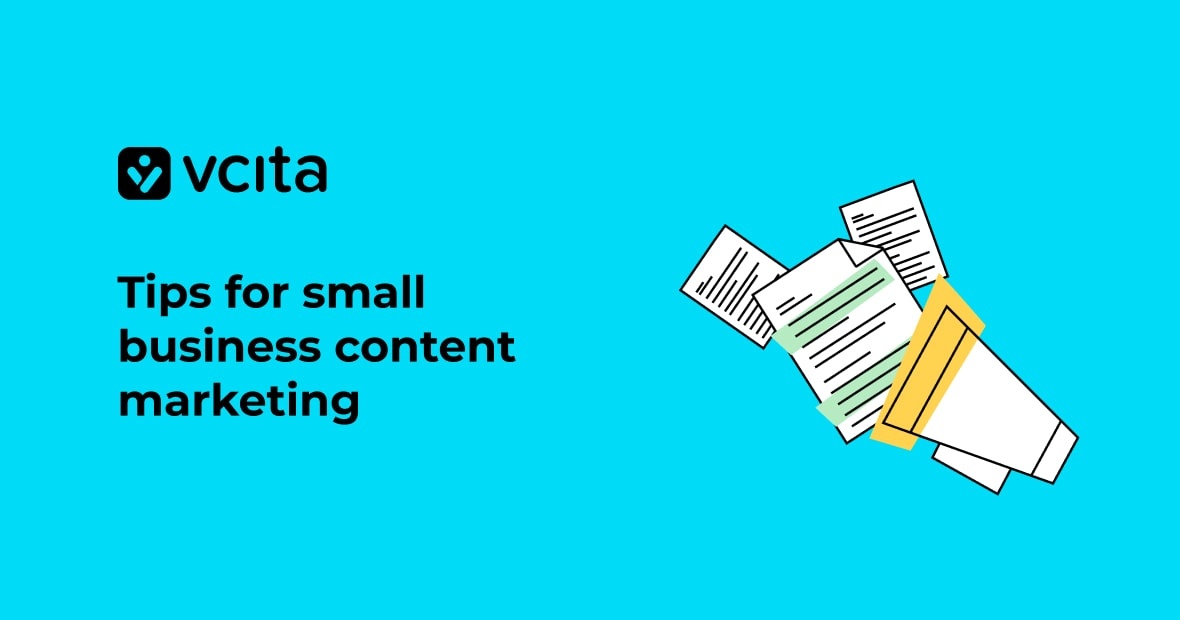You’ve invested in lead generation and have attracted tons of prospects to your website and social channels. That’s a great start, but you still have one more hurdle to overcome: converting those leads into paying customers.
You already know that this final step of converting qualified leads into sales is essential to growing your company. You just need to put the right lead conversion strategies in place to turn both warm and cold leads into people who happily hand over cash for your product or service. Read on to acquire all the tips and tactics you need for an effective lead conversion process.
Understanding lead conversion for service businesses
Lead conversion refers to the process of turning prospects who’ve shown interest in your product or service into paying buyers. It involves capturing leads through sources like your website, social media, email marketing campaigns, and search engines.
Then, you nurture those warm leads by scoring and prioritizing them, based on factors like how recently and frequently they’ve engaged with your business. As your relationship strengthens, they’ll eventually schedule an appointment, book a session, or buy your product. In other words, they convert from leads to customers.
Moving people along the path from prospects to leads to customers can be a long process, and there are no guarantees that any lead will become a paid client. That’s why you need a lead conversion strategy that maps out the ways that you’ll generate leads, score them based on their likelihood of converting, and encourage them to convert to customers.
Effective strategies to improve your lead conversion rates
Your conversion strategy should match your target client and product. For example, digital marketers often focus on low-cost, scalable options like content marketing and email automation. Sales teams may rely more on phone calls and in-person meetings.
Test different lead conversion strategies to find what works for your business and budget, and keep improving your process by analyzing metrics around lead generation, conversion rates, and sales funnel drop-off points. With a little time and effort, you’ll build a streamlined lead conversion machine that keeps delivering new customers.
While it’s up to you what to include in your lead conversion strategy, here are some steps that should always be part of every lead conversion strategy:
Build a targeted lead capture process
Use tools like lead magnets and lead capture software to capture contact details from your website visitors and social media followers. Offer a lead magnet like an ebook, checklist or video in exchange for an email address, then use your Customer Relationship Management (CRM) software to store their details. Now you have a way to stay in touch and nurture them into qualified leads.
Score and prioritize your leads
Not all leads are equal. Use lead scoring to determine how “hot” a lead is based on factors like what lead source they came from, how recently they engaged with your content, if they downloaded an offer, etc. Focus your efforts on the warmest leads first, because they are the most likely to convert.
Nurture your leads appropriately
Next, you’ll need to nurture leads by providing value and building trust and credibility. You could send email newsletters with useful information, post social media updates about new services or changes in your vertical, and make one-on-one phone calls. Hot leads might respond well to a call, while cold leads might need a drip email campaign. Make sure all interactions are personalized, tailor your messaging to each lead’s needs and interests, and always include clear calls to action to schedule a consultation or sign up for a free trial.
Optimize your sales funnel
It’s worth mapping your customer journey from website visitor to paying client, to see what might cause leads to drop off and end the relationship. Look for places where leads drop out, and add in lead nurturing strategies like content offers, email drips and sales calls. Test different CTAs, landing pages and conversion strategies to see which approaches resonate the most with your leads, and analyze marketing data to determine which lead sources, content and campaigns generate the most qualified leads. Continually test and tweak to improve results.
Provide amazing customer experience
Even after a lead converts to a customer, you still need to keep nurturing the relationship. Ask for reviews, upsell and cross-sell, provide useful resources and stellar support to drive up customer satisfaction. Happy customers will bring in repeat business and referrals, both of which impact your bottom line. Focusing on lifetime value, not just initial conversion, is key.
How to use lead scoring to identify and prioritize qualified leads
As a small service business owner, you likely get many new leads from various sources like your website, social media, search engines, and word-of-mouth referrals. The key is determining which of these leads are “qualified”—meaning they’re truly interested in your product or service and ready to convert. This is where lead scoring comes in.
Lead scoring involves assigning points to your leads based on factors like:
- Their level of interest. Award more points for leads who have downloaded a lead magnet, signed up for email updates or scheduled a demo.
- How familiar they are with your business. Leads who already know you get more points than those that haven’t interacted with you before.
- Their lead source. Leads from your website or social media may be more interesting in buying from you than someone who came from a search engine and is just browsing.
- Their level of engagement. Leads who open your emails, click links, comment on social media or call you get more points.
Leads with more points are called “hot” or “warm,” and those with fewer points are “cold” leads who are less likely to convert.
Using lead capture software or working with your marketing and sales teams, determine your scoring system, then rank your new leads each week. Focus first on calling or emailing the “hottest” leads with the highest scores. As you work down the list, some leads may go “cold,” but you’ll be nurturing the most qualified, sales-ready leads.
This targeted approach to converting leads into customers is key for small businesses. Don’t spread yourself too thin chasing every lead. Use lead scoring to determine who’s truly interested in your offering and prioritize your sales and marketing efforts on those most likely to convert.
7 tips for optimizing your website and content for higher conversions
To convert more of your website visitors into leads, you need to optimize your website and content. Here are some of the most effective ways digital marketers and marketing teams generate higher lead conversion rates:
Focus on your landing pages
Create dedicated landing pages for your lead magnets, products, and services. Include a strong headline, bullet points highlighting key benefits, visuals, and a clear call to action like “Sign Up Now” or “Book a Consultation.”
Use eye-catching calls to action
Place calls to action prominently on your site, especially above the fold on your homepage. Use contrasting colors and sizes to make them stand out. Phrases like “Get Started Today” or “Discover How We Can Help” work well.
Leverage lead magnets
Offer free resources, checklists, guides, or consultations in exchange for contact information. For example, “Download our Ultimate Small Business Growth Guide” or “Sign up for a Free 30-Minute Strategy Session.” Lead magnets should be closely related to your product or service.
Simplify your forms
Short forms with 3 to 5 fields convert best. Ask only for essential information like name, email, phone number, because visitors are likely to click away if they’re faced with a long form with lots of fields. The fewer fields you include, the better.
Blog regularly
A blog is a key part of any content marketing strategy. Post new content at least once a week to keep your site fresh and rank high in search engine results pages. Write about topics your target customers care about to boost traffic and build trust.
Optimize content for search engines
Use keywords related to your industry and location in your page titles, headings, content, image alt text, and meta descriptions. This will help you rank higher in search results and get more organic traffic. Make sure you use keywords naturally, so that your content is still readable and convincing.
Apply marketing analytics
Use tools like Google Analytics, heatmaps, and A/B testing to see how visitors interact with your site and content. Look for pages with high bounce rates or low conversion rates, and make improvements to optimize the experience. Continuous testing and refining your conversion strategy is key.
A lead conversion strategy opens the door to a wave of customers
So there you have it – the essential guide to converting more leads for your small service business. With the right strategies and tools in place, combined with an optimized sales funnel and amazing customer experience, you’ll turn those website visitors and social media followers into warm leads, and ultimately paying customers. A thought-out lead conversion strategy could be all you need to unlock business growth.




























